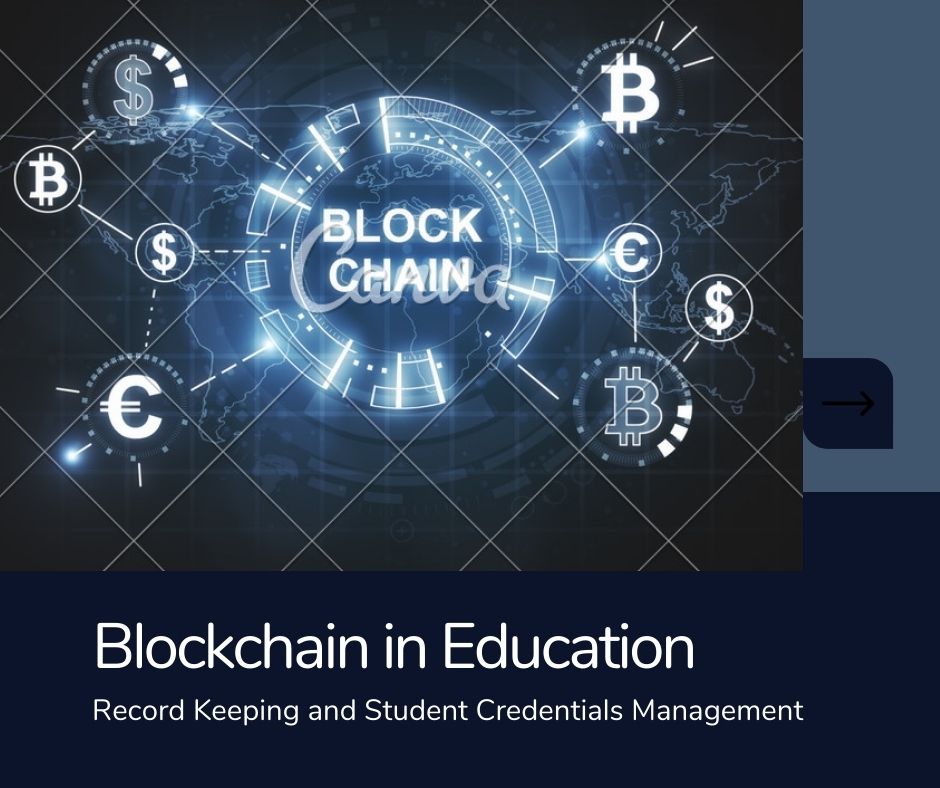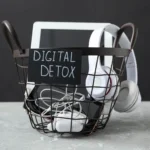
The world of education is undergoing a major transformation with the introduction of blockchain technology. While commonly associated with cryptocurrencies like Bitcoin, blockchain is increasingly being leveraged in various sectors, including education, where it offers a ground-breaking approach to record-keeping and student credentials management. Let’s explore how blockchain is changing the face of education and what practical steps institutions can take to implement it effectively.
1. Secure Digital Transcripts
Blockchain allows institutions to create digital transcripts that are secure and tamper-proof. Unlike traditional paper-based records, which are susceptible to loss, damage, or forgery, digital transcripts stored on a blockchain are immutable. Once a record is created, it cannot be altered, providing a reliable source of truth for both students and educational institutions.
- How to Use It: Schools and universities can issue and store transcripts on a blockchain network. This makes it easy for students to share their academic records with employers or other institutions securely.
2. Efficient Verification Processes
Blockchain streamlines the verification of student credentials. It provides a transparent and accessible ledger where academic achievements can be verified instantly, reducing the time and cost associated with traditional verification processes.
- How to Use It: Institutions can grant access to employers, graduate schools, or scholarship boards to view and verify student credentials directly from the blockchain, eliminating the need for third-party verification agencies.
3. Data Privacy and Security Enhancement
Blockchain technology uses encryption and decentralization to secure data, ensuring that student records are safe from unauthorized access or cyber-attacks. This is particularly crucial in the digital age, where data breaches are a constant threat.
- How to Use It: Educational institutions can implement blockchain-based student information systems that securely store all academic records, personal data, and enrollment details, reducing vulnerabilities to hacking.
4. Universal Student Identification
Blockchain facilitates the creation of a universal, digital student ID that can be used across different institutions, regions, and even countries. This ID would hold all the verified academic credentials of a student in a single, secure place.
- How to Use It: Institutions can collaborate to create a blockchain-based system that issues universal digital IDs to students, making the transfer of credits, enrollment, and recognition of prior learning more efficient.
5. Lower Administrative Costs
Blockchain technology reduces the administrative burden of managing student records. Automation of processes like credential issuance and verification leads to lower costs and fewer human errors.
- How to Use It: Integrate blockchain solutions with existing student information systems to automate the management of academic records, fee payments, course registrations, and certifications.
6. Transparent Credential Management
A blockchain ledger provides a transparent and verifiable system for managing academic credentials, from diplomas to certificates. This transparency helps prevent fraud and ensures that credentials are authentic.
- How to Use It: Institutions can store and manage academic records on a public or private blockchain network. Each record is linked to a specific student and can be verified by potential employers or other educational institutions.
7. Support for Lifelong Learning
Blockchain supports a culture of continuous learning by allowing students to build a lifelong portfolio of their learning achievements. This portfolio can include degrees, certifications, skills acquired, and even micro-credentials from various courses.
- How to Use It: Set up a blockchain-based platform where students can regularly update their learning records, providing a comprehensive view of their lifelong learning journey.
8. Decentralized Academic Ecosystem
Blockchain promotes a decentralized academic environment where students, institutions, and employers can interact without intermediaries. This model creates a more flexible and open education ecosystem.
- How to Use It: Institutions can use blockchain to facilitate direct communication and collaboration among students, educators, and employers, creating a dynamic network for academic and professional development.
9. Smart Contracts for Automated Processes
Smart contracts are self-executing contracts with the terms directly written into code. They can automate processes like course registration, tuition fee payments, and even the awarding of scholarships or grants.
- How to Use It: Implement smart contracts for automatic grade release, tuition payment processing, and issuance of certificates once a student completes specific course requirements.
10. Global Recognition of Credentials
Blockchain facilitates the global recognition of academic credentials by providing a universally accessible and secure platform for storing and sharing records.
- How to Use It: Collaborate with global educational institutions to create a standardized blockchain platform that stores and verifies credentials, enabling students to transfer credits internationally or apply for jobs across borders with ease.
Practical Steps for Implementing Blockchain in Education
- Identify Key Areas for Blockchain Integration: Begin by identifying which aspects of your institution’s processes—like record keeping, credentialing, or payments—could benefit from blockchain technology.
- Choose the Right Blockchain Platform: Select a blockchain platform that meets your institution’s needs. Platforms like Ethereum, Hyperledger, or private blockchain solutions offer various functionalities for different applications.
- Build Partnerships: Collaborate with other institutions, government bodies, and technology providers to build a robust blockchain ecosystem for education.
- Invest in Training: Ensure your staff is trained on blockchain technology and its applications in education. This includes understanding how to use blockchain for data management, credential verification, and other tasks.
- Pilot the Program: Start with a pilot program to test the blockchain system’s effectiveness. Gather feedback and make adjustments before a full-scale rollout.
Conclusion
Blockchain technology is revolutionizing education by making record-keeping more secure, efficient, and transparent. As educational institutions around the globe continue to adopt this technology, we can expect to see a future where student credentials are universally accessible, secure, and verifiable. Are you ready to explore how blockchain can transform your institution? Join us as we delve deeper into the possibilities!
Ready to learn more about blockchain in education? Visit our blog for in-depth insights!
Subscribe for the latest updates on educational technologies!
Share your thoughts on how blockchain is impacting education in the comments below!
By incorporating blockchain into education, we not only safeguard student data but also pave the way for more efficient, inclusive, and global learning experiences. Don’t miss out on the future, start exploring the power of blockchain today!










